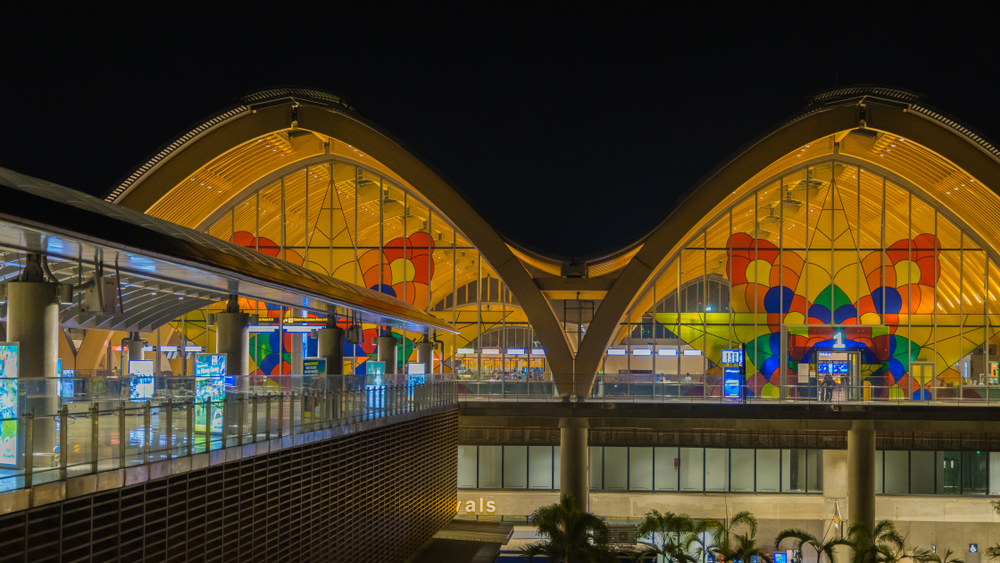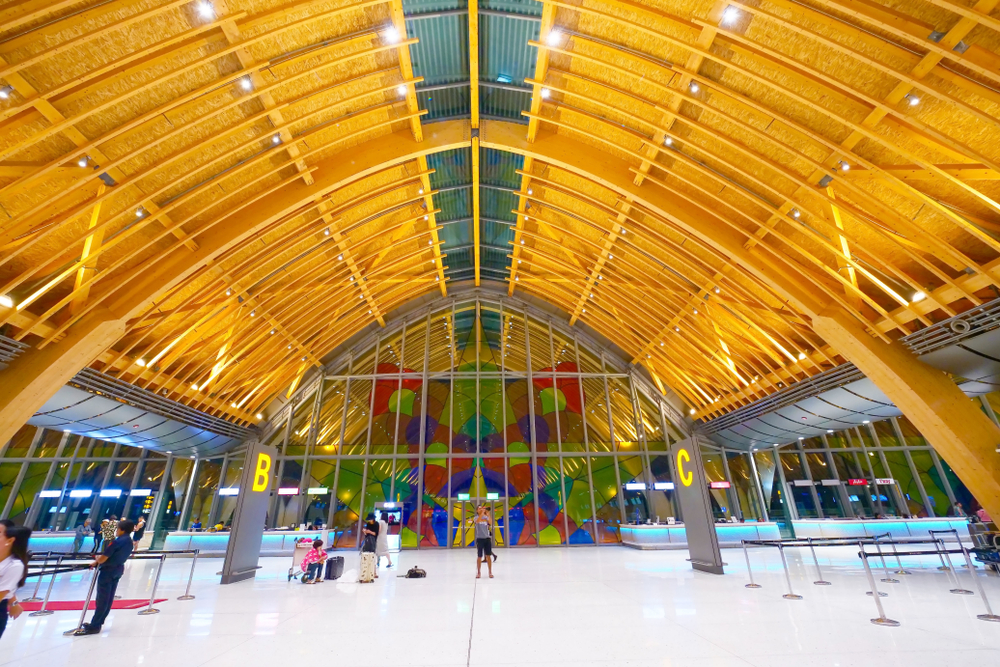Philippine airport outshines Singapore Changi at World Architecture Festival
Beating the renowned airport with the tallest indoor waterfall in the world

The Mactan Cebu International Airport (MCIA) in the Philippines overshadowed Singapore Changi Airport at the World Architecture Festival with their “very confident, yet very modest” design, reported The Asian Policy.
The timber arches that resembled an inverted boat hull, as well as the wave-shaped roof that encapsulate a tropical feel at Mactan Airport Terminal 2 wowed the jury, beating the home of the world’s tallest indoor waterfall Jewel Changi in the Completed Buildings-Transport category.
Principal architect at International Design Associates (IDA) Winston Shu said the judges were impressed by the design that had “a certain maturity, which means you know what you’re doing, and yet you’re not showing off.”
More: Singapore’s former budget terminal takes flight
He also said that the Jewel, a development worth USD1.25 billion, was “a very grand building,” requiring a “phenomenal” effort to build. However, they were searching for a development that employed “economy in manufacturing,” wherein a designer could accomplish the wow factor by using fewer resources.
“The comment of the jury at the presentation is that they feel our building from Cebu is very confident, yet very modest,” explained Shu.

The creative minds behind this award-winning development are Budji Layug, a Filipino designer, and Kenneth Cobonpue, a world-renowned furniture maker from Cebu who has worked with Hollywood’s A-list celebrities, including Brad Pitt and Angelina Jolie.
Aside from the impressive design of the biggest airport in the Visayas, Shu said that the development was also built to resist earthquakes and typhoons. The designers also implemented green features into the building, from utilising timber to minimise carbon emissions instead of metal to adding heavy insulation and solar panels to save energy.
Recommended
Why everyone is moving to Selangor and Johor: Malaysia’s real estate comeback
Malaysia’s upturn in fortunes is especially prevalent in secondary destinations such as Selangor and Johor
Penang’s silicon boom: How the US-China tech war is supercharging local real estate
Penang’s booming semiconductor industry has created ripples within the local real estate sector
New leader, new opportunities: How Hun Manet is shaking up Cambodia’s real estate game
Hun Manet is overseeing decent economic growth and widening access to the country’s real estate market for foreigners
Singapore embraces inclusive housing reforms amid resilient demand
The Lion City’s regulatory strength continues to exert appeal for international investors








